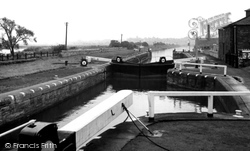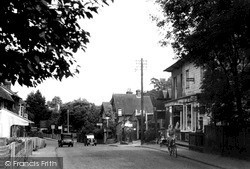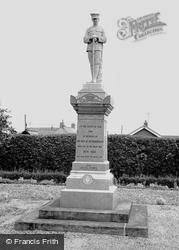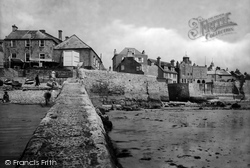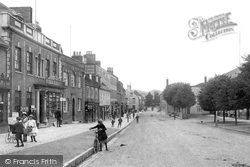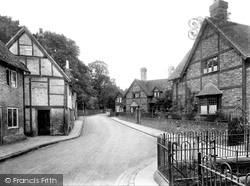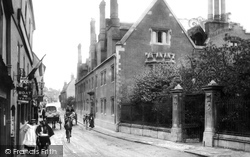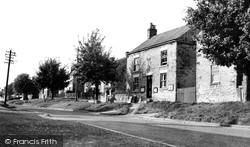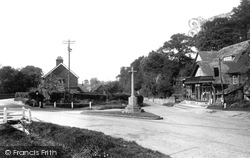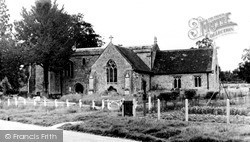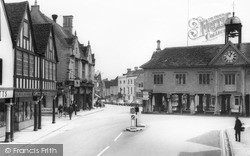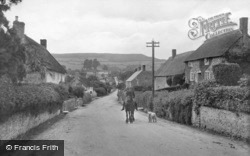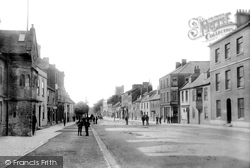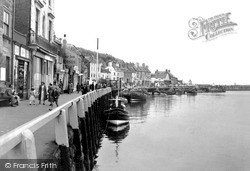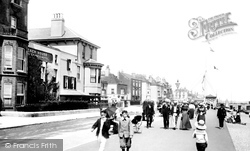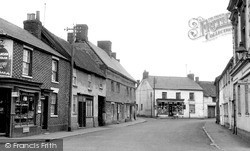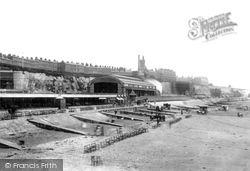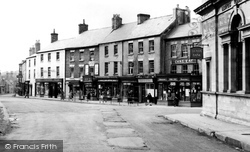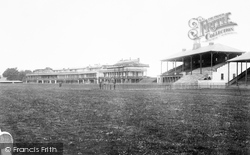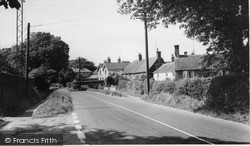Places
36 places found.
Those places high-lighted have photos. All locations may have maps, books and memories.
- Pentre-cwrt, Dyfed
- Pentre Halkyn, Clwyd
- Pentre, Mid Glamorgan
- Ton Pentre, Mid Glamorgan
- Pentre, Powys (near Llangynog)
- Pentre, Powys (near Guilsfield)
- Pentre, Powys (near Bishop's Castle)
- Pentre, Clwyd (near Mold)
- Pentre, Clwyd (near Ruabon)
- Pentre, Shropshire (near Chirk)
- Pentre, Clwyd (near Hawarden)
- Pentre, Dyfed (near Pontyates)
- Pentre, Powys (near Newtown)
- Pentre, Clwyd (near Chirk)
- Pentre, Clwyd (near Ruthin)
- Pentre, Clwyd (near Mold)
- Pentre, Shropshire (near Oswestry)
- Pentre, Powys (near Welshpool)
- Pentre, Clwyd (near Mold)
- Pentre, Shropshire (near Forton)
- Burntwood Pentre, Clwyd
- Pentre Berw, Gwynedd
- Pentre Hodre, Shropshire
- Pentre Llanrhaeadr, Clwyd
- Pentre-celyn, Clwyd
- Pentre Broughton, Clwyd
- Pentre Gwynfryn, Gwynedd
- Pentre Maelor, Clwyd
- Pentre-clawdd, Shropshire
- Pentre Galar, Dyfed
- Pentre Llifior, Powys
- Pentre-cefn, Shropshire
- Pentre-Gwenlais, Dyfed
- Pentre-Poeth, Dyfed
- Pentre Cilgwyn, Clwyd
- Pentre Morgan, Dyfed
Photos
98 photos found. Showing results 2,541 to 98.
Maps
316 maps found.
Books
2 books found. Showing results 3,049 to 2.
Memories
1,250 memories found. Showing results 1,250 to 1,250.
Captions
3,594 captions found. Showing results 3,049 to 3,072.
Once the railways arrived, trade on the river declined; today the centre lock has been removed, and the lock keeper's cottage is forlorn and empty.
Surrey, the shops have either become houses (the one on the left with the blinds is now The Old Bakery), or secondary commercial premises - the post office on the right is now the Grace Barnard Design Centre
The first lock was a highly hazardous flash lock in the centre of the weir installed by Sir George Stonehouse in 1649.
This is a well-kept Garden of Remembrance in the centre of this large village; next door is the County Library.
Other buildings include the Rock Point Inn (centre) and the Guildhall.
There has been change here, with development on both sides of the road, though the white building in the centre and the terrace of houses remain.
Best Outfitters are in the three-storey building, beyond which the Lily Hotel projects towards the road, with Colmer's Hill being the distinctive hilltop (centre).
Leaving the town centre we move along Church Street to the Missenden Road, just past the junction with Pednor Road and Wey Lane.
Magdalene College was founded by Henry VI as lodgings for student Benedictine monks, and was sited far enough from the town centre to avoid its inmates falling prey to its temptations.
The Benedictine abbey, a mile to the east of the village, is now a centre for education as Ampleforth College.
This is the centre of this secluded little hamlet tucked away on the north side of Hurt Wood, with its modest stone war memorial isolated on a triangular green, opposite the village shop and post office
The nave is mainly 12th-century, while the 14th-century south chapel has an external arched tomb recess under its three-light window (centre).
Most of Tetbury's town centre buildings have stood there since Queen Elizabeth I's time. The Market House is one of the finest in Gloucestershire, and dates from 1655.
Carter and cart-horse head up Main Street in a view across to the plateau of Langdon Hill (centre). Behind them is the gable- end of the Farmery and Hope Cottage.
This looks Southwards along South Street to St Mary`s parish church (centre).
Then as now, one could dawdle on the way to the beach and look at the gift shops or stop for a cuppa, or even have some oysters – an oyster stall is just visible (centre left).
The Beach House Temperance Hotel (to the right in photograph No 44204) is apparent on the left in this view of the broad Esplanade, looking towards the centre of the town.
The Flying Horse inn is one of the city centre's oldest surviving buildings, and a link with its Tudor past.
This view along Church Street in Lower Weedon is little changed except for Cowie's general stores (centre), which was replaced by a modern mini- supermarket in the 1960s.
In the centre is the Sands station, owned by the London, Chatham & Dover Railway, which opened on 5 October 1863.
Remote though it must have been in times gone by, Coleford has been a centre of habitation for at least 2,000 years.
By the date this picture was taken, Doncaster had been a racing centre for nearly three hundred years and had been the home of the oldest classic race, the St Leger, since its first running in 1778
The No 15 bus to Bexhill (centre) has stopped beside the white-painted Windmill Hill Store and a garage, whose petrol pumps can just be seen.
Only the steam train (centre) interrupts the tranquillity of this scene. This view from Grip Wood shows the rear of the Tithe Barn, which defines the southern edge of Barton Manor Farm.
Places (57)
Photos (98)
Memories (1250)
Books (2)
Maps (316)




